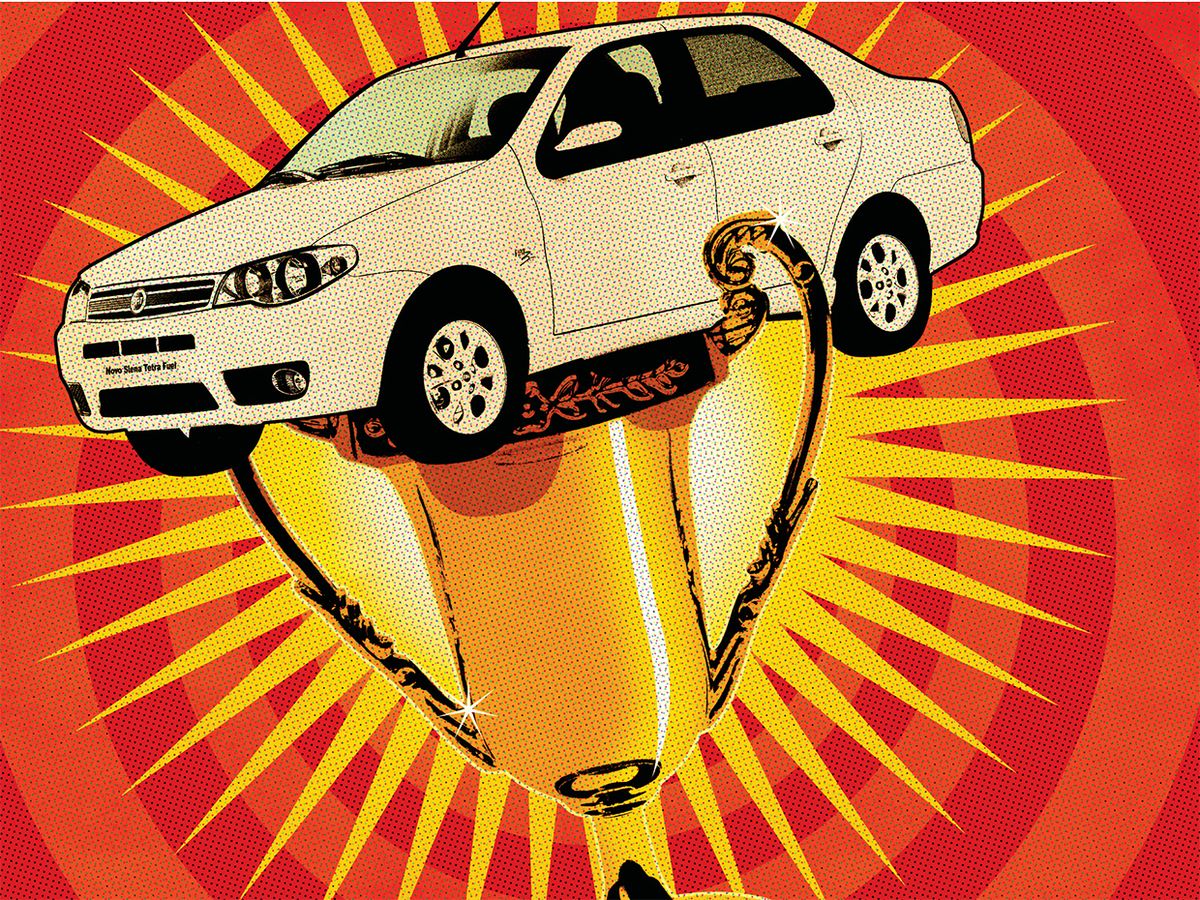Beauty and the Beast
Winners & Losers 2007


Big-circulation magazines do some things well, but serious coverage of technology generally isn’t one of them. First there are the biz mags, for which technology coverage usually means accounts of financial developments at companies that happen to offer tech-related products or services, as opposed to, say, plumbing fixtures or hockey pucks. Then there are the popular science and technology magazines, which offer a monthly feast of gizmos, vehicles, and pipe dreams. One of them takes UFOs seriously; another put the Bugatti Veyron supercar on its cover recently to pitch its annual roundup of innovation.
Now, the Veyron is indeed a lovely piece of engineering, as we said when we wrote about it—10 months ago in our “Top 10 Tech Cars” report. But there is more to technological innovation than cars, gadgets, and fat IPOs. There’s software and semiconductors, for starters, from which have sprung most of the important technical advances of the past 30 years. Without software and semiconductors, the gizmos, flying whatsits, and monster tech successes wouldn’t be possible.
For confirmation, check out the five technology projects we’ve selected for this issue as “winners” in our annual roundup of winners and losers. You’ll find a heavy dose of remarkable semiconductor technologies and software used in brilliant ways.
Innovative Silicon’s new superdense memories promise to boost the performance of all kinds of microprocessors, and might even make them cheaper while doing so. Vanu’s cellular base-station project is pushing the boundaries of software-defined radio, allowing cellphone service providers to expand and enhance their services with a simple software upload, rather than a hugely expensive hardware overhaul. RapidMind, a plucky Canadian company, has put together a software development platform that helps programmers navigate the tricky task of fully unleashing the astounding power of IBM’s radical new Cell microprocessor. And BT Group has seized the high ground in telecom by embarking on a bold plan to convert its telephony networks—every last meter of them—to one of the greatest triumphs of software innovation, the Internet Protocol.
Perhaps best of all, there’s Magneti Marelli’s new engine controller, which can automatically detect and accommodate any mixture of gasoline and ethanol—from 100 percent ethanol to none at all. It even lets the engine burn natural gas. It’s all done in software, which varies the cylinders’ fuel intake and timing. The controller is now fitted to a 1.4-liter engine in a version of the Siena sedan sold by Fiat in Brazil.
The Siena is so plain that it makes the Chevy Aveo look daring. Unlike the beastly Bugatti, the Siena can’t go 408 kilometers per hour. And unlike the Terrafugia Transition concept vehicle, also described in this issue, it can’t fly. What the Siena can do is provide affordable and economical transportation anywhere in the world, no matter what kind of fuel is available. If your definition of “innovation” goes beyond developments that immediately gratify investors, superwealthy car buffs, or gadget lovers, you’ve got to love the homely Siena. Beauty really isn’t skin-deep.
Go to Winners & Losers articles.